That was a decent gap since 1.5 years ago Sitecore previously released a feature-full version of their XM/XP platform, namely 10.3 was released on December 1st of 2022. That is why I was very excited to look through the newest release of the vendor’s self-hosted platforms and familiarize myself with its changes.
First and foremost, the 10.4 platforms could be exclusively obtained from a new download page which has moved to its new home at Sitecore Developer Portal. I recommend bookmarking that for the current and all future releases.
Release Notes
There is a list of impressive 200 changes and improvements coming along with official Release Notes. I recommend going through it especially paying attention to the Deprecated and Removed sections.
So, what’s New?
From the important features and changes, I’d focus on a few:
- XM to XM Cloud Migration Tool for migrating content, media, and users from a source XM instance to an XM Cloud environment. This tool provides an aid for the routine and sometimes recurring back-end migrations, so our customers/partners can focus on migrating and developing new front-end sites.
- xDB to CDP Migration Tool for transferring site visitor contact facets to Sitecore’s CDP and Personalize products, and also via Sitecore Connect to external systems. This provides the ability to interwork with or eventually adopt other SaaS based innovations.
- New
/sitecore/admin/duplicates.aspxadmin folder page addressing the change in media duplication behavior (now, the blobs are in fact also duplicated) – run it upon the migration to 10.4 in order to change the media items accordingly. - Added a new
Codeless Schema Extensionmodule, enabling business users to extend the xConnect schema without requiring code development. If that on was available earlier – it could significantly boost xDB usage by marketers. It will be generally available in mid-May 2024. - Improved accessibility to help content authors with disabilities.
- Sitecore Client Content Reader role allows access into CM without the risk of breaking something – it was a frequently requested feature.
- It is now possible to extract data from xDB and transform the schema for external analytics tools such as Power BI.
- GraphQL is enabled by default on the CM container instance in the local dev – which totally makes sense to me.
- Underlying dependencies updated to the latest – SQL Server 2022, latest Azure Kubernetes Service, Solr 8.11, etc.
Containers
Spinning up Sitecore in local Docker containers used to be the easiest way of starting up. However, the most important fact you have to consider for a containerized setup is that base images are only available for ltsc2022 platform, at least for now. If you are a lucky one using a Windows 11 machine – you get the best possible performance running Sitecore in Process isolation mode. Otherwise, you may struggle with Hyper-V compatibility issues.
The other thing I noticed is that SitecoreDockerTools is simply set to pull the latest version which is 10.3.40 at the time of writing.
Also, Traefik image remains on one of the older versions (not versions 3.x of Traefik, but 2.9.8 which was even older before – v2.2.0) that do not support ltsc2022 and therefore still uses Hyper-V isolation. You can however fix that manually to have each and every image running fast in Process isolation mode. As always, it helps a lot to examine the list of available published images as your own exercise as some were standardized.
Compared to previous versions, this one seems to be lightweight, with no helpful PowerShell scripts for up & down containers (so we use docker-compose directly) as well as clean-up scripts and others. As before, it supports all three default topologies – XP0, XM1 and XP1.
Sitecore Gallery Tips:
- Tip 1: Sitecore Gallery has recently moved from MyGet https://sitecore.myget.org/F/sc-powershell/api/v2 to Sitecore hosted NuGet https://nuget.sitecore.com/resources/v2.
- Tip 2: don’t forget to update the PackageManagement and PowerShellGet modules from PSGallery if needed, as below:
Install-Module -Name PackageManagement -Repository PSGallery -Force -AllowClobber Install-Module -Name PowerShellGet -Repository PSGallery -Force -AllowClobber
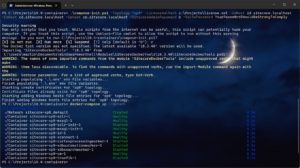
If for some reason you cannot or are unwilling to use containers, there are other options: SIA and manual installations from a zip archive. Over the past years, I have created a tool called Sifon that is effectively better than SIA, because it can also install all the prerequisites, such as Solr and SQL Server of the required versions, along with downloading the necessary resources from the developer portal. I will add the support for 10.4 in the next few days or a week.
10.4 dashboard
Upon the installation, you will see the Sitecore Dashboard:
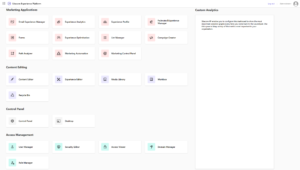
Version 10.4 now operates 010422 revision:
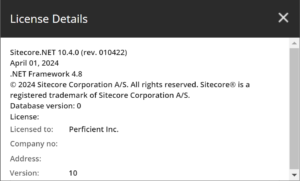
SXA
This crucial module comes in the correspondent version 10.4 along with a newer 7.0 version of Sitecore PowerShell Extensions module. The biggest news about this module is that it now supports Tailwind, in the same way as XM Cloud does:
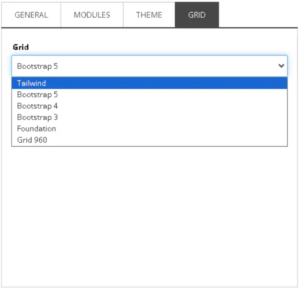
Conclusion
In general, time will prove what I expect this version to be – the most mature version of Sitecore, working faster and more reliably with the updated underlying JavaScript-dependent libraries. I am impatiently waiting for the hot things such as AI integrations and the delayed feature set promised to appear later the month in May 2024 to explore and share about.
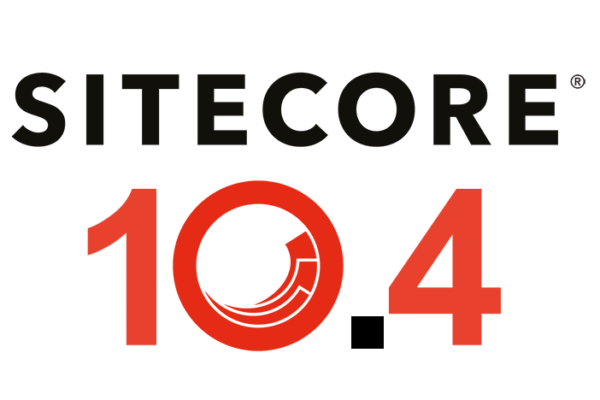



Thanks for the walkthrough, apparently nothing changed in regards to moving away from .NET Framework, improving the issues of the .NET Headless SDK integration, and lack of feature parity with Next.js tooling.